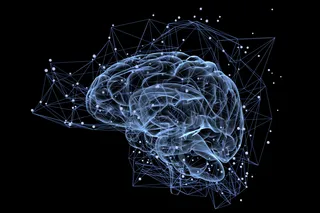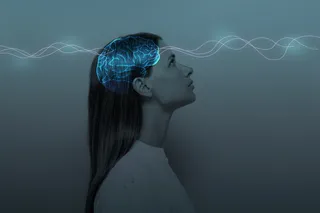A new study claims that Functional Connectivity in MRI Is Driven by Spontaneous BOLD Events The researchers, Thomas Allan and colleagues from the University of Nottingham (one of the birthplaces of MRI), say that their results challenge the assumption that correlations in neural activity between 'networks' of brain regions reflect slow, steady low frequency oscillations within those networks. Instead, they report that the network connectivity is the result of occasional 'spikes' of coordinated activation that last only a short time. The authors fMRI scanned 12 volunteers using powerful 7 Tesla MRI. The scan sessions lasted 11 minutes and included resting periods along with simple motor and a memory tasks. After cleaning the data, they first used the method of ICA to identify networks of areas that tended to be activated together - such as the well-known motor network and the default mode network (DMN). Allan et al. then used an ...
Spontaneous Events Drive Brain Functional Connectivity?
Discover how Functional Connectivity in MRI is influenced by spontaneous BOLD events, reshaping our understanding of brain network dynamics.
More on Discover
Stay Curious
SubscribeTo The Magazine
Save up to 40% off the cover price when you subscribe to Discover magazine.
Subscribe












